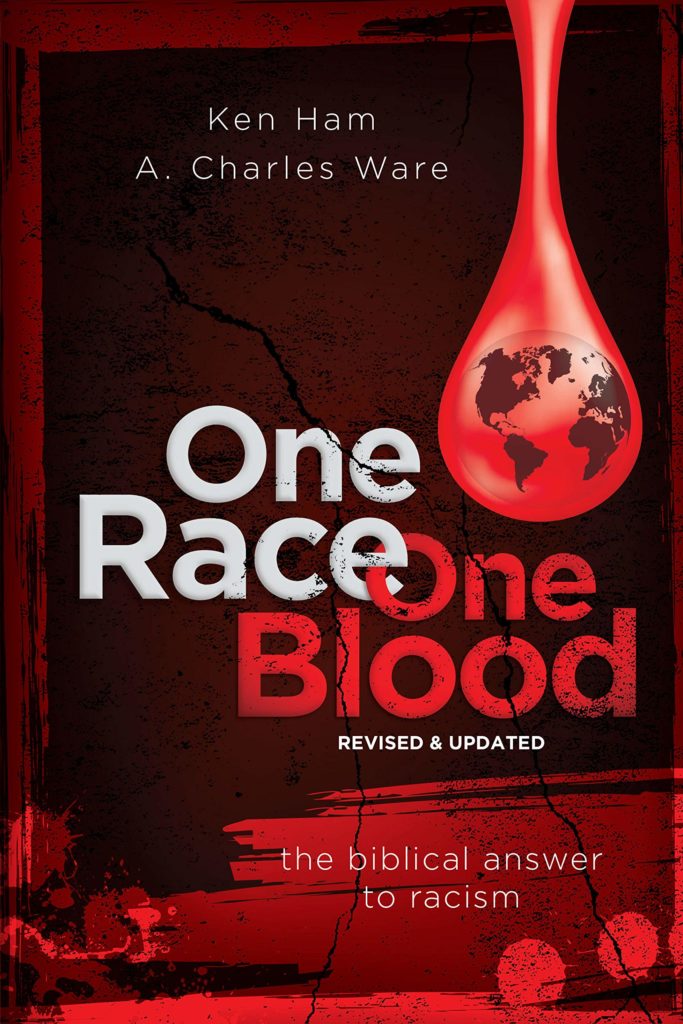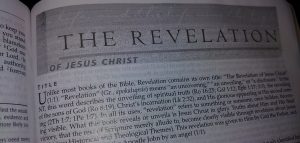AiG: A Bridge Too Far

Chapter 2 of One Race One Blood: A brief history of racism in the United States and in the church with an overview of efforts to address these problems with the gospel.
by Dr. Charles Ware on June 19, 2021
Featured in One Race, One Blood
When we look at the ugliness of racism and the impact of evolution, we realize there is a solution to the problem of racism—and that is biblical principles and scientific fact.1 —Zig Ziglar
The United States has been infected by the disease of racism from its very inception. In the pages ahead, we will take a brief tour of prejudice, hatred, and distrust on American soil. The tour will be short, and the places we visit are not by any means exhaustive, but along the way we will see much of the fruit of Darwin’s garden.
But please remember that racism is a consequence of a cycle of distrust and hatred with many facets. So, while the effects of Darwinian thinking should not be underestimated, they are not the only cause of the racism we endure today. Long before Darwin’s ideas, we find incidents like the Trail of Tears, when in 1838 the Cherokee Nation was forced, as part of the Indian Removal Act, to begin a migration of over 800 miles. (In the process, 4,000 men, women, and children of the 15,000-member Cherokee Nation died from hunger, disease, exhaustion, and hypothermia.)
At the central core of racism, we find the sinful hearts of men living in a fallen world. This fundamental problem has no earthly cure. There is no speech that can be given, no law that can be passed, and no publicity campaign that can solve it. Only the truth of God’s Word combined with the strength of God’s Holy Spirit living within us can bring us victory over this sin.
The concept of race has cultural implications that blur the truth. Rachel Anne Dolezal, a former civil rights activist, became nationally known for claiming to be a black woman while having no known black ancestry. Her slightly darker skin and curly hair made her claim believable.2 What makes her case unusual is that she did so by simply self-identifying herself this way, without genealogical study or even DNA results. Self-identification has become popularized recently in regard to sexual orientation, but in the past, family history was used to determine ethnicity and how people could refer to themselves in terms of “race.” How did the United States develop a color-coded concept of race and a devaluating of people of darker skin tones? Steven Bradt in a Harvard Gazette article featuring the research of Harvard University psychologists helps us in understanding some of the historical confusion created by an erroneous concept of race. Brandt writes, “The centuries-old ‘one-drop rule’ assigning minority status to mixed-race individuals appears to live on in our modern-day perception and categorization of people like Barack Obama, Tiger Woods, and Halle Berry.”
Bradt further clarifies, “In the United States, the ‘one-drop rule’—also known as hypodescent—dates to a 1662 Virginia law on the treatment of mixed-race individuals. The legal notion of hypodescent has been upheld as recently as 1985, when a Louisiana court ruled that a woman with a black great-great-great-great-grandmother could not identify herself as ‘white’ on her passport.”
Such an untruthful concept of race has profound social and cultural implications even until today. Bradt quotes Sidanius, co-author of the research project, “One of the remarkable things about our research on hypodescent is what it tells us about the hierarchical nature of race relations in the United States. . . . Hypodescent against blacks remains a relatively powerful force within American society.” Finally, Bradt writes that the co-authors “say their work reflects the cultural entrenchment of America’s traditional racial hierarchy, which assigns the highest status to whites, followed by Asians, with Latinos and blacks at the bottom.”3
The church is right to reject secular answers to spiritual problems. However, the church is wrong when it fails to teach and demonstrate biblical answers to the problems.
Note the Darwinian racial hierarchy. The church is right to reject secular answers to spiritual problems. However, the church is wrong when it fails to teach and demonstrate biblical answers to the problems. While we proclaim a gospel for all people, our relationships and friendships, especially within the church, too often expose our lack of biblical diversity.
So, in the secular world we should not be surprised when racism rears its ugly head. We should not be surprised that federal governmental policies and local civil rights movements have not been able to suppress it entirely. When appropriate, we can heed the call to social action and to political activism that can aid us in suppressing racism.
Racism in the American Church, however, whether it stems from Darwinism or elsewhere, grows when the misinterpretation and misapplication of Scripture causes cultural division rather than biblical unity. To that end, much can be done. God’s Word is “living and active and sharper than any two-edged sword” (Heb. 4:12). When that truth is interpreted properly and applied with passion, I see bright hope and optimism in the battle against the darkness of racist and evolutionary thinking.
History and Hope
For almost 50 years I have been passionately promoting reconciliation among various ethnic and cultural groups, especially within the Church. I am an African American, and my wife is “white.” We have six children, four biological and two adopted. Through marriage, our family has increased its ethnic and national diversity. We have four grandchildren. Our 37-year-old son has been a quadriplegic since February 1998. I have served as president of a Bible college that is ethnically and culturally diverse. Twenty-four hours a day I live within a diverse environment, and I love it.
As I contribute to this book, I am concerned that you understand that Ken and I strive to base our views upon faithful and accurate biblical wisdom:
- First, the Bible is accepted as the inspired, inerrant word of God.
- Second, the Bible is to be interpreted from a literal, grammatical, and historical perspective.
- Third, the Bible can be and has been misinterpreted, resulting in the injustice and oppression of certain people through history.
The challenge is that historically the Bible has been used by many to justify the slavery of African Americans! From the time this country was being established, this is what some of their arguments have sounded like:
- Abraham, the “father of faith,” and all the patriarchs held slaves without God’s disapproval (Gen. 21:9–10).
- Canaan, Ham’s son, was made a slave to his brothers (Gen. 9:24–27).
- The Ten Commandments mention slavery twice, showing God’s implicit acceptance of it (Exod. 20:10, 17).
- Slavery was widespread throughout the Roman world, yet Jesus never spoke against it
- The Apostle Paul specifically commanded slaves to obey their masters (Eph. 6:5–8).
- Paul returned a runaway slave, Onesimus, to his master (Phil. 12).
Such thinking became the foundation for “white superiority” and segregation of the so-called “races.” But while the Bible acknowledged and regulated slavery, there were some striking differences between race-based slavery and biblical instructions for believers. Neither the Old nor New Testaments attaches racial stigma to slaves. (For example, the Egyptian bondage of the children of Israel resulted from their number, not because of skin color.) Slavery in the Bible was very different from slavery in America.4 Still, slaveholders argued that the principle of slavery was justified for three basic reasons:
- The Africans are a distinct race of people; they cannot mix with whites and must exist as a separate class.
- The Africans are, as a class, inferior to the whites in intellectual and moral development; they are incompetent to self-govern.
- The Israelites subdued heathen people groups; it is appropriate to make domestic slaves of inferior people.
Read the rest of the article here.
Original article was posted by Dr. Charles Ware at Answers in Genesis. Title altered by BereanNation.com.








